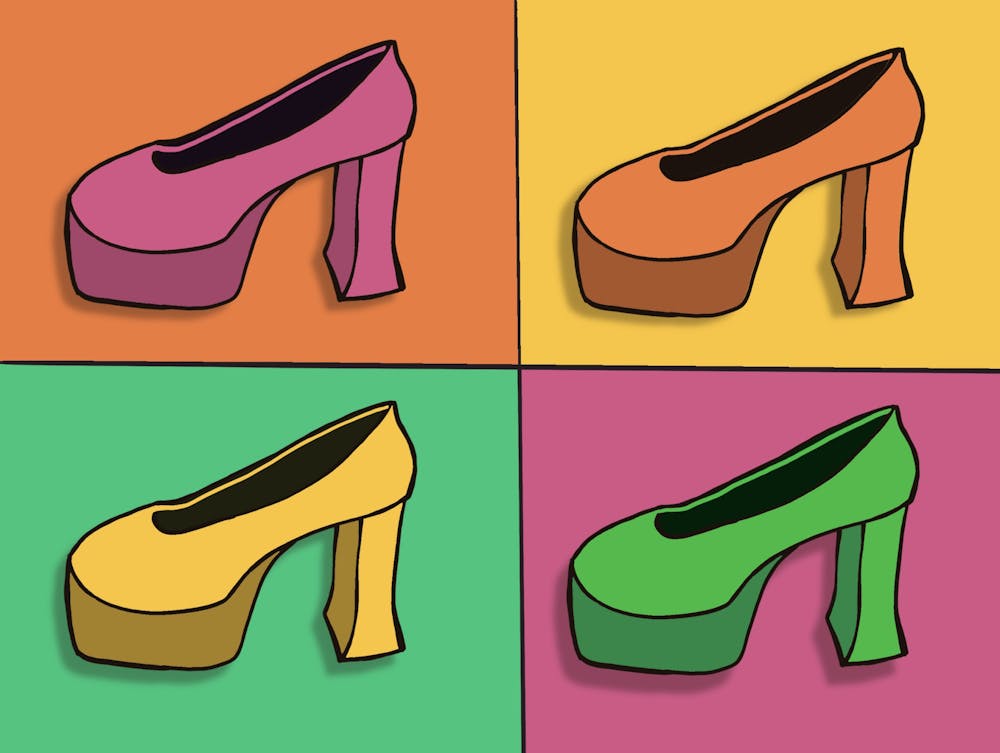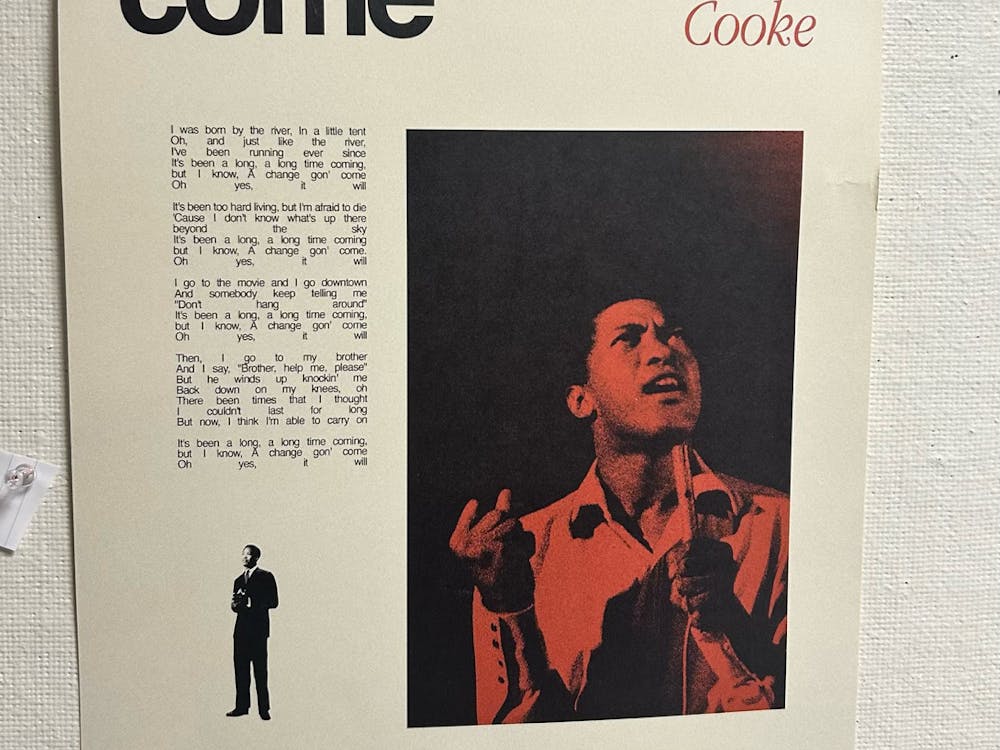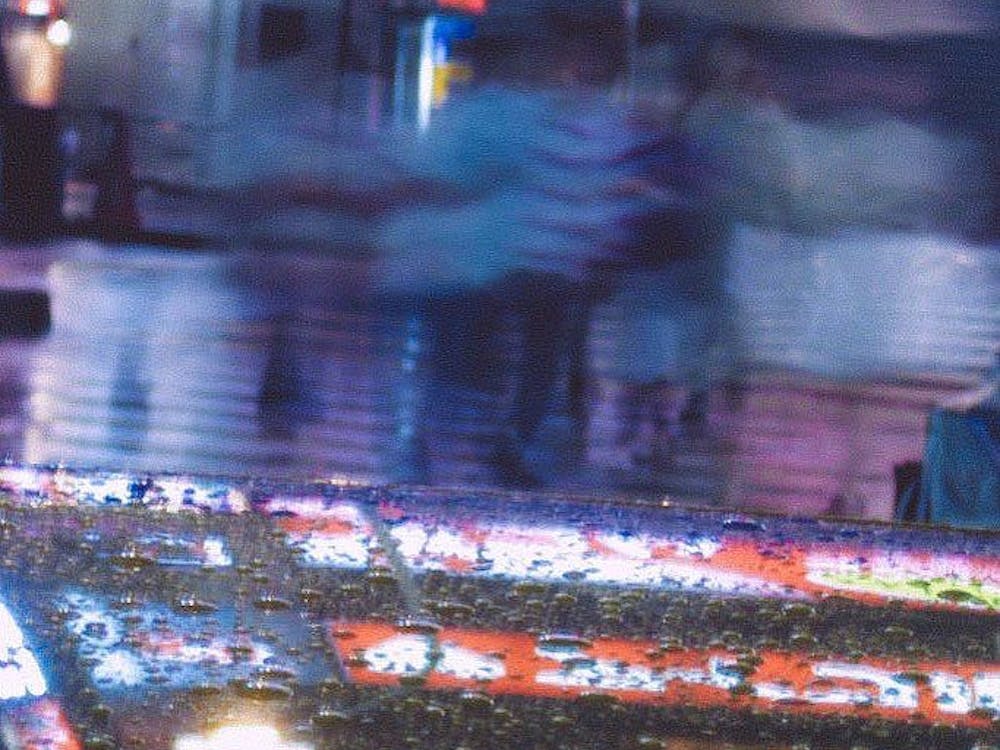The Barbie movie was one of the biggest Hollywood successes of 2023, grossing over $1 billion worldwide, receiving nominations for eight Oscars and winning 167 awards.
For me, Barbie was vibrant and fun, while also surprisingly moving. I went to watch it with my mom, expecting a nostalgic movie about a doll I had owned as a child. But, Greta Gerwig tackled strong themes of patriarchy and feminism through Margot Robbie’s Barbie and Ryan Gosling’s Ken.
Like countless other viewers, I cried during America Ferrera’s monologue as Gloria, detailing the exhaustive demands society makes of women. It provoked meaningful conversation and allowed viewers to face the realities of the feminine experience. One point Gloria makes is that no matter how hard mothers try, they are always doing something wrong. Hearing these words, I realized how much of this rang true. Without even knowing, I had internalized these ideas, often holding my father to a much lower standard than my mother. I found this part of the Barbie movie to be the most compelling.
In recent years, the concepts of being a “girls’ girl” and partaking in “girlboss feminism” have become more mainstream. Gen Z has popularized women supporting women and embracing femininity, moving away from “not-like-other girls” tropes.
On the surface, Barbie furthers this idea in the mainstream media. From the moment film promotion began to weeks after Barbie was released, TikTok was filled with Barbie-related content. Videos of strangers wearing pink and greeting each other with “Hi, Barbie!” went viral. Others used Billie Eilish’s song, “What Was I Made For?”, which was featured in the Barbie soundtrack, to speak on their own struggles of existing in a patriarchal world. The success of Barbie has surely highlighted how much women are yearning for safe spaces.
However, Barbie does not tackle revolutionary concepts. Its simplistic definitions of feminism are what second and third-wave feminists have been reiterating since the mid-20th century. It does not make progress for the feminist movement since it fails to address one of the largest components of feminism: intersectionality.
First introduced by civil rights advocate Kimberlé Crenshaw, intersectionality is the study of how identities overlap and are often interdependent in a person’s unique experience with discrimination and oppression. It is also important to emphasize that intersectionality is not a comparison of struggles but rather a theory that more accurately represents people’s diverse experiences.
The Barbie movie does not tackle this concept, not even through its Latina characters, Gloria and her daughter Sasha (Ariana Greenblatt). Gloria is a woman of color, a factor that makes her experiences and struggle of being a woman distinct. However, the film only makes mention of race through offhand jokes. Sasha jokingly refers to Stereotypical Barbie as “white savior Barbie,” while Gloria jarringly compares Indigenous peoples’ smallpox epidemic caused by European colonizers to the Kens’ takeover of Barbieland. This was as deep as the film went into intersecting factors.
With actors like Issa Rae, Alexandra Shipp and Hari Nef among the cast, the film’s casting was diverse, giving audiences hope. But, despite Barbie’s feminist themes, it never explored feminism in relation to these characters’ LGBTQ+ and/or BIPOC identities. The Barbie movie could have taken notes from Ferrera’s Real Women Have Curves, a film that discusses womanhood through the lens of race and ethnicity, but it simply does not.
Its depiction of feminism is more akin to middle-class white feminist ideas, leaving behind people whose feminist struggles are also affected by class, race, sexual orientation and gender identity and expression.
The culture surrounding Hollywood and social media has perpetuated this concept further. White feminism has been a way to oversimplify the feminist movement and overlook the glaring disparities that exist in the social bonds of the world. By only empowering one group of people and calling it feminism, the mass media enables the patriarchy’s control. This is when people begin to assume that simply because white women are less disadvantaged, feminism is no longer needed.
But, that is not true at all. As bell hooks, a Black American author, eloquently wrote in her book, Feminism is for Everybody: Passionate Politics, “Simply put, feminism is a movement to end sexism, sexist exploitation and oppression.” People still struggle with these issues; oppression is an ugly reality that many face. To agree with feminism, to be a feminist, is to be against all forms of discrimination and bigotry. Identities and the way they are perceived by society will always be interrelated, which is why true feminist media has to account for this intersectionality.
That being said, Barbie is still a great, entertaining film that happens to creatively comment on how toxic and hurtful society’s gender roles are.
With Gerwig’s expert filmmaking, the Barbie movie itself was a fascinating take on the Barbie doll. It gave pop culture the gift of Gosling’s “I’m Just Ken” and Eilish’s moving original song, “What Was I Made For?” Furthermore, small set details, like Barbie being much larger than her car, perfectly captured the experience of playing with Barbies in real life. And, of course, with appearances from Rae, John Cena, Dua Lipa and Michael Cera, the enormously talented cast made the movie a captivating watch.
But, with the glaring realities of oppression, it is imperative to make critiques and to not misconstrue or mislabel the film and its message. You cannot be a girl’s girl or care about feminism if you do not include the oppression and subjugation of all groups: every gender, race, class and sexual orientation.





